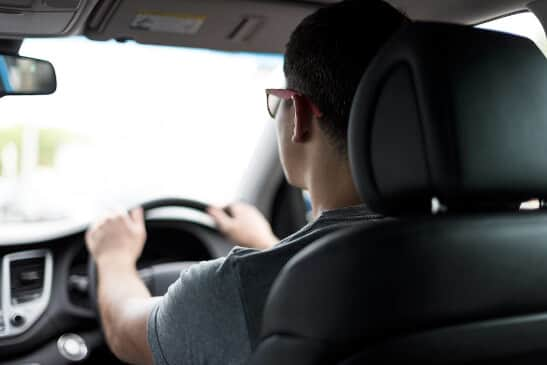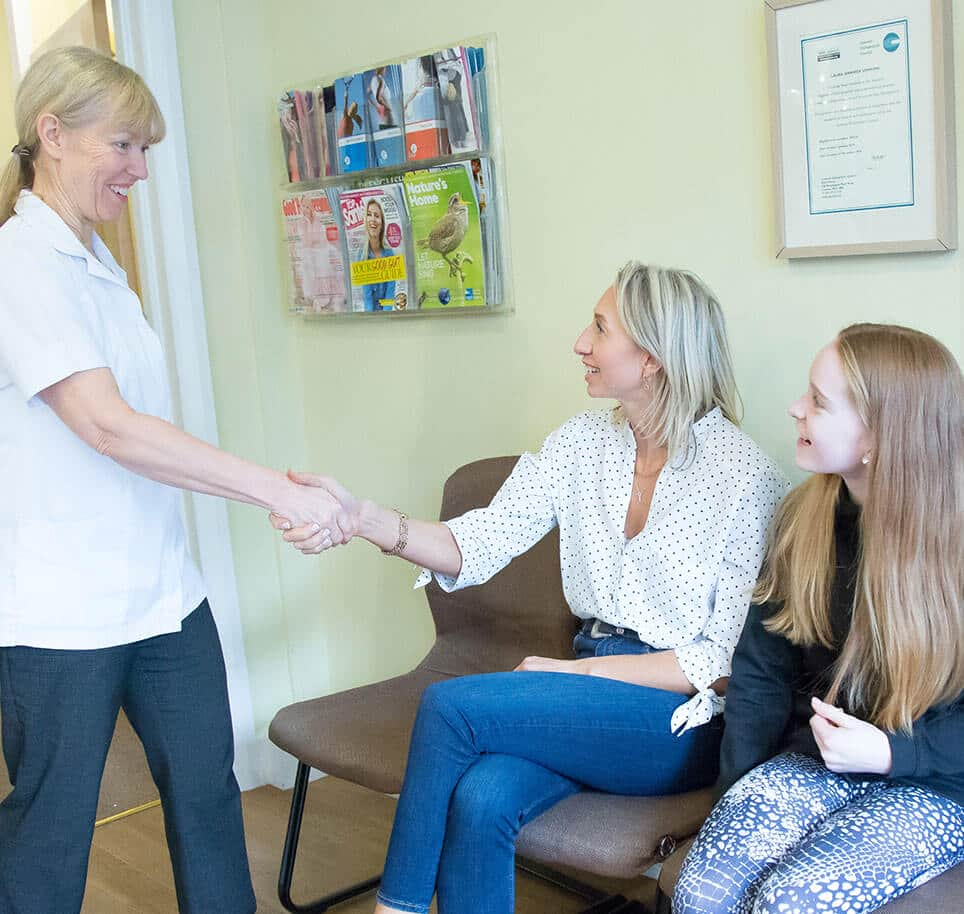Easter is fast approaching, and with that the Easter holidays. For many of us this can mean long car journeys resulting in back pain. The BCA (British Chiropractic Association) have some key tips to help make these journeys more comfortable and keep your back moving.
Make adjustments
If you share a car, make sure the seat position is adjusted to suit you each time you get in.
The back of the seat should be set slightly backwards in a relaxed position but not reclining, so that it feels natural and your elbows should be at a comfortable and relaxed angle for driving.
Steering wheel
Once you have adjusted your seat correctly, your hands should fall naturally on the steering wheel, with just a slight bend in the arms. If the wheel is too high and far away, tension will build up in your shoulders and upper back. If it is too low and close to you, the wheel may be touching your legs, which will reduce your ability to turn it freely, putting strain on the wrists and the muscles of the upper back.
Mirrors
Your reactions must be quick, so you should not need to move your head a lot. The mirror positions should allow you to see all around the car with the movement of your eyes with minimal head movement.
Set your mirror positions to suit you before you drive off.
Seatbelts
Your seatbelt should always lie across the top of your shoulder and never rub against your neck or fall onto the top of your arm.
Depending on your height, you may need to adjust the position at which the seat belt emerges from the body of the car. (If the adjustments available are insufficient, it is possible to purchase clips that help you adjust your seat belt height without impairing safety.)
Footwear
Once you have adjusted your seat correctly, your feet should fall naturally onto the pedals. You should be able to press the pedals to the floor by mainly moving your ankle and only using your leg a little.
Avoid wearing wear high heels, or very thick-soled shoes, as you will have to over-extend the ankle in order to put pressure on the pedals. As well as making it much harder to deal with an emergency stop, this position will raise your thigh from the seat (reducing support to your leg) and create tension (and possibly cramp) in the calf. This, in turn, will impair the blood flow on a long journey.
Relax
A relaxed driving position reduces stress on the spine, allowing your seat to take your weight.
Take regular breaks – stop and stretch your legs (and arms!) at least every two hours, more often if possible. You should certainly stop more frequently if you are feeling any discomfort.
Clench your cheeks – If you are stuck in traffic, exercise in your seat. Try buttock clenches, side bends, seat braces (pushing your hands into the steering wheel and your back into the seat – tensing and relaxing) as well as shoulder shrugs and circles.
Leave the tight clothes at home – They will restrict your movement.
It’s all in the timing – Allow plenty of time for journeys to avoid stress.




